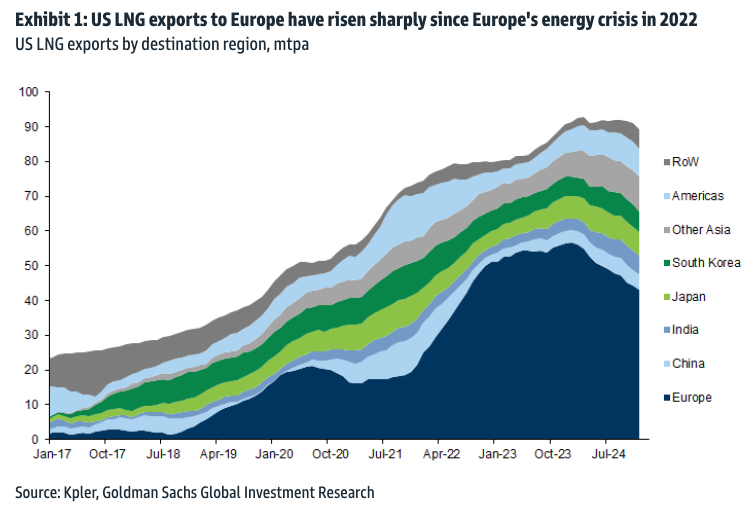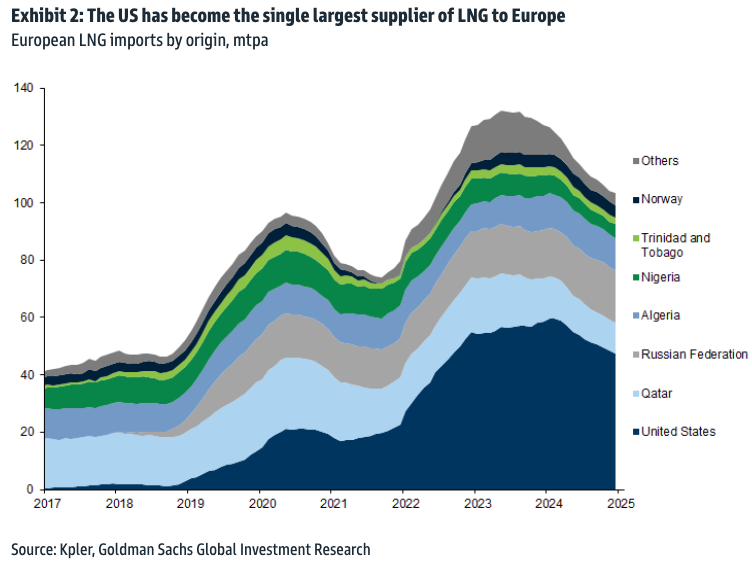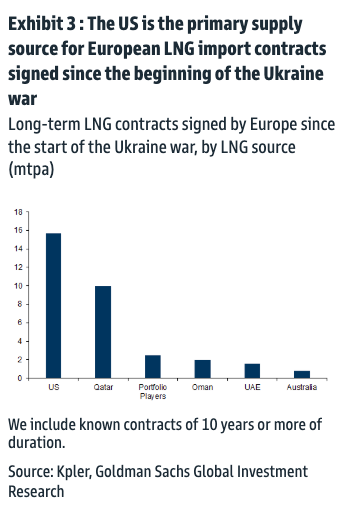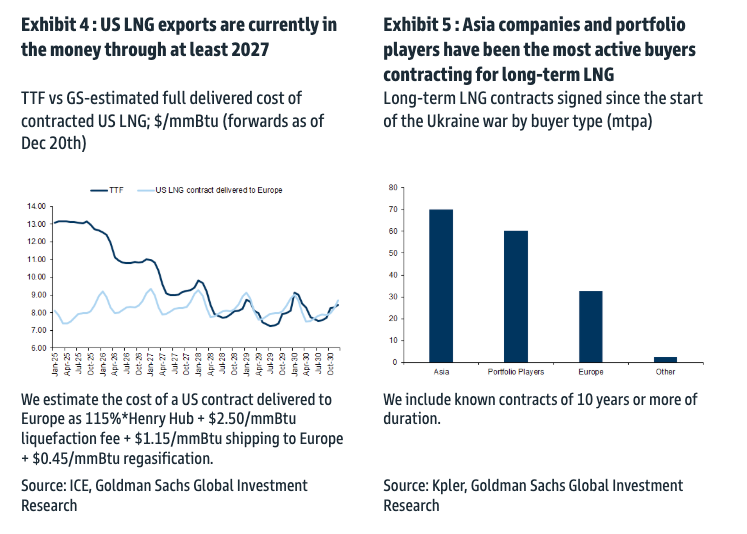Indian Oil Probes Allegations of Albemarle Bribes to State Firm’s Officials
By Charles Kennedy - Dec 23, 2024
![]()
Indian Oil Corporation (IOC), a state-owned oil giant, has launched an internal investigation over alleged bribes paid by Albemarle to IOC officials to secure contracts more than a decade ago, Indian media report.
Responding to news articles from last week, IOC said in a statement filed with the local stock exchange that “the Company is neither a party to nor these is any allegation against the Company in relation to the proceedings referred in the said news articles”.
The statement goes on to say that “However, the Company has initiated an internal fact finding review concerning the incident which allegedly occurred in 2009 to thoroughly understand the facts surrounding these allegations and to determine the appropriate steps to be taken.”
Last year, the U.S. Securities and Exchange Commission (SEC) announced that Charlotte-based Albemarle Corporation, a global specialty chemicals company and a top lithium producer, agreed to pay more than $103.6 million to settle the SEC’s charges that it violated the anti-bribery, recordkeeping, and internal accounting controls provisions of the Foreign Corrupt Practices Act (FCPA).
In India, Albemarle used a third-party intermediary to corruptly retain catalyst business with India’s state-owned oil company by avoiding Albemarle being blacklisted, the U.S. Department of Justice said at the time.
“According to the company’s admissions in connection with the Department’s resolution, between 2009 and 2017, Albemarle, through its third-party sales agents and subsidiary employees, conspired to pay bribes to government officials to obtain and retain chemical catalyst business with state-owned oil refineries in Vietnam, Indonesia, and India,” DOJ said.
Albemarle is thought to have obtained profits of approximately $98.5 million as a result of the scheme, according to DOJ.
“Albemarle’s eventual voluntary disclosure of fraud and subsequent efforts to remedy its business practices abroad are a step in the right direction for the company,” said U.S. Attorney Dena J. King for the Western District of North Carolina.
By Charles Kennedy for Oilprice.com
Indian Oil Corporation (IOC), a state-owned oil giant, has launched an internal investigation over alleged bribes paid by Albemarle to IOC officials to secure contracts more than a decade ago, Indian media report.
Responding to news articles from last week, IOC said in a statement filed with the local stock exchange that “the Company is neither a party to nor these is any allegation against the Company in relation to the proceedings referred in the said news articles”.
The statement goes on to say that “However, the Company has initiated an internal fact finding review concerning the incident which allegedly occurred in 2009 to thoroughly understand the facts surrounding these allegations and to determine the appropriate steps to be taken.”
Last year, the U.S. Securities and Exchange Commission (SEC) announced that Charlotte-based Albemarle Corporation, a global specialty chemicals company and a top lithium producer, agreed to pay more than $103.6 million to settle the SEC’s charges that it violated the anti-bribery, recordkeeping, and internal accounting controls provisions of the Foreign Corrupt Practices Act (FCPA).
In India, Albemarle used a third-party intermediary to corruptly retain catalyst business with India’s state-owned oil company by avoiding Albemarle being blacklisted, the U.S. Department of Justice said at the time.
“According to the company’s admissions in connection with the Department’s resolution, between 2009 and 2017, Albemarle, through its third-party sales agents and subsidiary employees, conspired to pay bribes to government officials to obtain and retain chemical catalyst business with state-owned oil refineries in Vietnam, Indonesia, and India,” DOJ said.
Albemarle is thought to have obtained profits of approximately $98.5 million as a result of the scheme, according to DOJ.
“Albemarle’s eventual voluntary disclosure of fraud and subsequent efforts to remedy its business practices abroad are a step in the right direction for the company,” said U.S. Attorney Dena J. King for the Western District of North Carolina.
By Charles Kennedy for Oilprice.com






